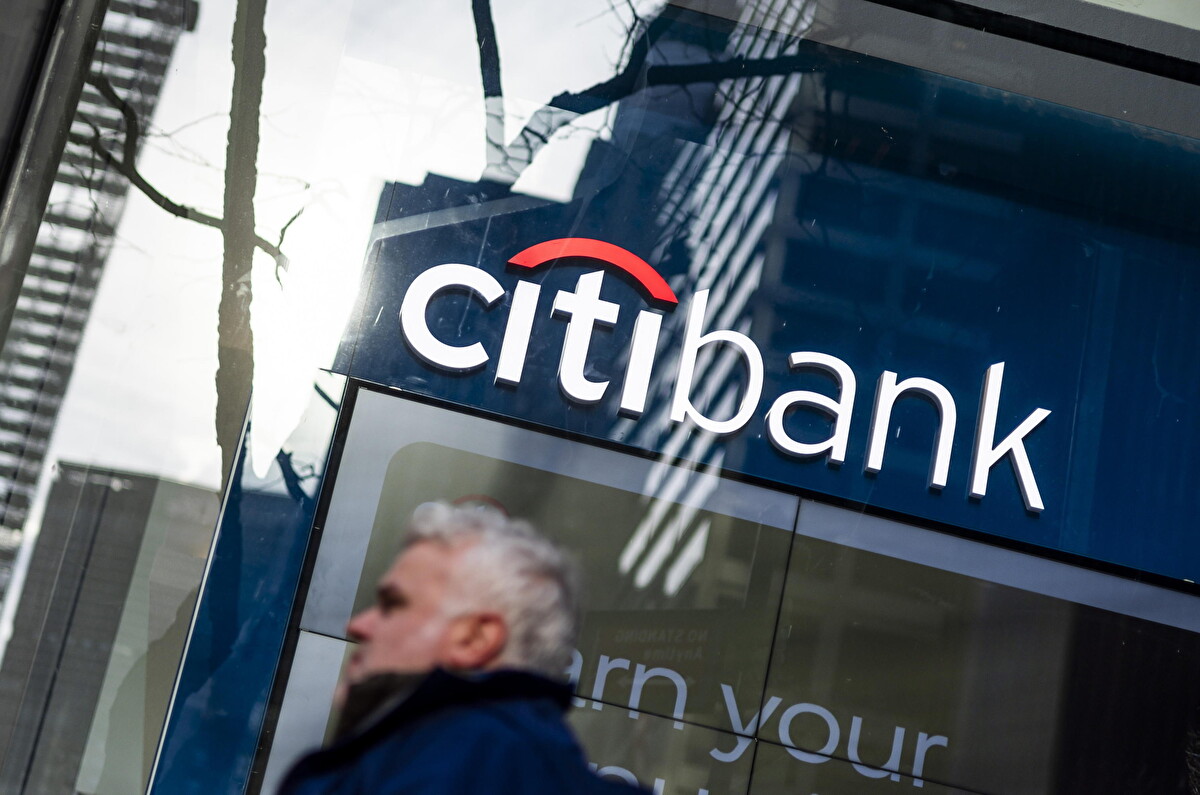The key speaker at the Foreign Press Association’s first official press conference in its new home was Luigi Brugnaro, the Mayor of Venice. He came to explain to the world the new tax for tourists visiting La Serenissima “because, yes, Venice is in Italy, but she belongs to the world.”
The plan to charge an entrance fee to day-trippers was first proposed in 2019, but never put into practice. The writing on the wall came last August when UNESCO threatened to put Venice on its list of “World Heritage Sites in Danger, thereby abolishing its financial support. UNESCO’s reason was that Italy hadn’t done enough to protect her unique city of some 50,000 inhabitants from acqua alta and from mass tourism: some 40,000 day-trippers, climbing to 100,000 during summer, every day. They spend little money and clog Venice’s calle or narrow streets, leaving behind piles of garbage. UNESCO dropped its ultimatum when the city government officialized the trial pilot-project tax or Contributo di Accesso (CDA) on January 16, 2024.
“We need to protect our city from climate change, maintain its wooden piles, support sustainable tourism, create new events, improve our residents’ quality of life, and encourage new people to live here”, said Brugnaro. “Many cities have problems because of mass tourism, but we’re the first to impose a specific tax. We haven’t put a limit on numbers for any given day or event like Carnevale, but the eyes of the world are going to monitor our success. Thanks to CDA we’ll know exactly how many tourists came to Venice on any given day.”
So, starting on April 25 and for another 29 days, mostly around national holidays and weekends through July 14, day-trippers to historic Venice will have to register ahead by clicking on multi-lingual www.cda.ve.it and pay 5 euros to obtain a QR code-valid from 8:30am to 4pm (later-in-the-day visits are registration free). All tourists spending the night will also have to register ahead and receive a QR code, but will be exempt from the fee. All the other exemptions, clearly listed on the website, don’t apply to out-of-region tourists unless they too are day-trippers.
Everyone will be required to show their QR code when first entering the historic center at obvious checkpoints: the airport, train station, parking lot and garage at Piazzale Roma and St. Mark’s Square, but also some beachfront locations like The Lido. In addition, there will also be unexpected spot checks.
If you arrive without a QR code, don’t despair; you can buy one at the last minute on your smartphone or at kiosks near the checkpoints. Transgressors, however, will face fines of 50 to 300 euros plus a 10-euro fee.
“The CDA isn’t about making money. Its operative costs will be higher than its revenue,” said Brugnaro, “but, if it’s a deterrent, we’ll add dates and maybe raise the price.” Another advantage of the CDA will be the curbing of the growing number of illegal Airbnbs, since anyone staying overnight will need to register where they’re staying.
Post-Press-Conference: Starting June 1, guided groups touring the historic center as well as the islands of Murano, Burano, and Torcello will be limited to 25 participants. The use of loudspeakers by guides will also be banned.












